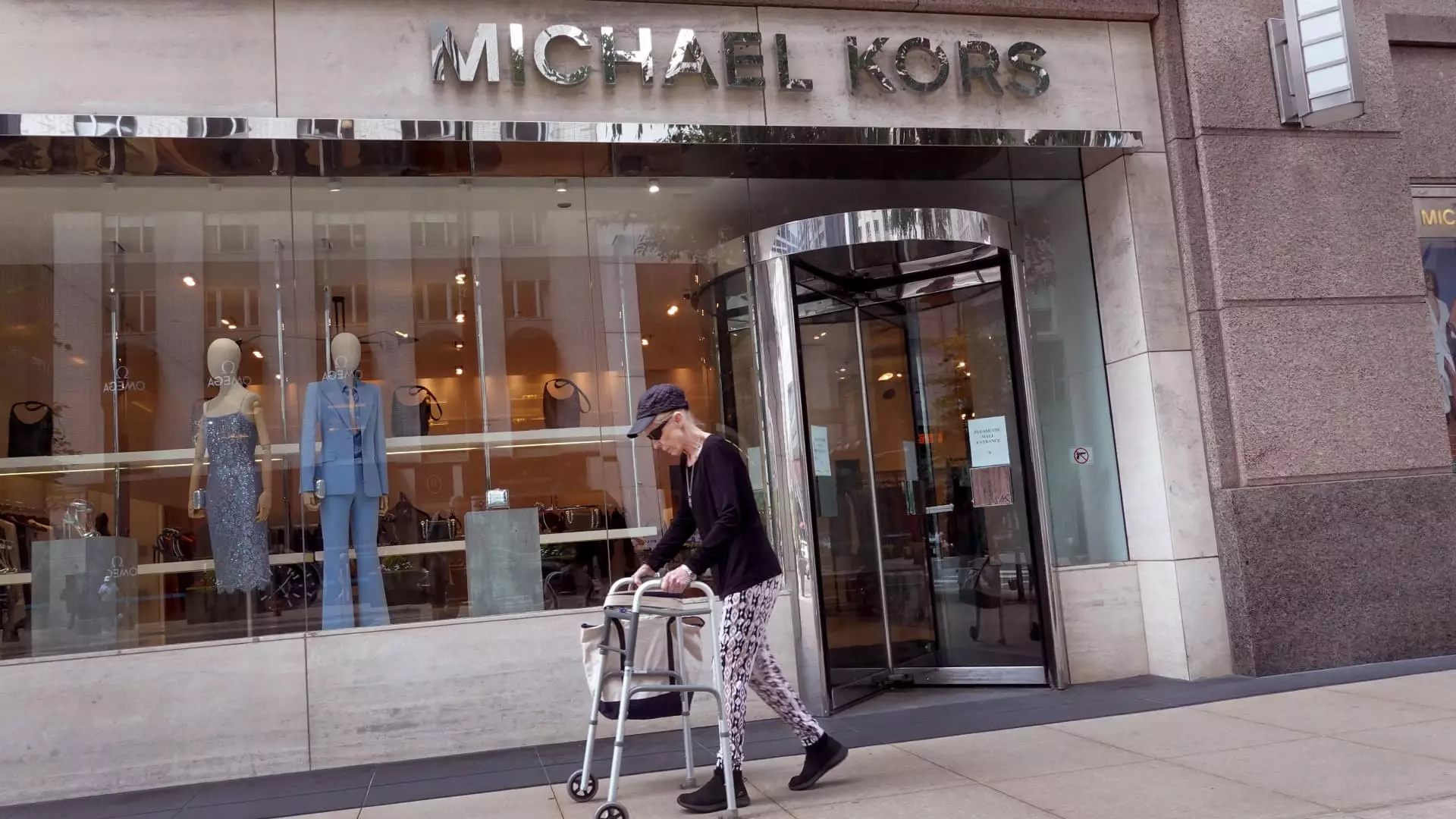The recent dissolution of the proposed merger between Capri Holdings and Tapestry has sent ripples through the luxury fashion industry. Originally valued at $8.5 billion, this merger aimed to consolidate two of the largest U.S.-based luxury houses into a singular powerhouse boasting an impressive portfolio of six brands. However, the Federal Trade Commission (FTC) intervened, leading both companies to mutually agree to terminate the arrangement. This article analyzes the reasons behind this pivotal decision, its ramifications for both companies, and the broader luxury market landscape.
The envisioned merger, first announced in August 2023, intended to combine iconic names such as Tapestry’s Coach, Kate Spade, and Stuart Weitzman with Capri’s Versace, Jimmy Choo, and Michael Kors. The strategic aim was to leverage joint resources to enhance market competitiveness and consumer appeal. However, challenges grew as the FTC raised concerns that such a consolidated entity would likely disadvantage consumers by limiting choices and potentially stifling innovation.
In April, the FTC’s suit to block the merger highlighted these concerns, and a subsequent ruling by a federal judge validated this position. Tapestry’s attempts to appeal only underscored the fierce regulatory scrutiny facing large mergers in today’s market.
The decision by the FTC to block the merger marked a significant moment for antitrust enforcement in the luxury sector. As merger patterns increasingly face rigorous regulation, companies must navigate a complex landscape if they wish to expand through acquisitions. This particular case illustrates the challenges confronting conglomerates aiming to consolidate market power within the luxury industry.
Capri’s CEO, John Idol, expressed a commitment to focus on Capri’s future following the termination of the merger. He conveyed optimism about the company’s long-term growth potential, emphasizing that the landscape is still ripe with opportunity for luxury brands willing to invest in innovation and consumer engagement. However, the stark contrast in market reactions following the FTC’s ruling raises questions about whether Capri can effectively pivot away from its declining performance, especially with regard to its Michael Kors brand.
The conclusion of this merger has practical financial implications for both Tapestry and Capri. Tapestry’s announcement of a $2 billion share repurchase program indicates a strategic shift towards enhancing shareholder value through buybacks rather than growth through acquisition. This decision reflects an increasing trend among companies looking to stabilize their market positions amidst heightened uncertainty surrounding the merger landscape.
Interestingly, there was no break fee involved in terminating the agreement, but Tapestry committed to reimbursing Capri approximately $45 million for incurred expenses. This reimbursement could add an extra layer of financial pressure on Capri as it seeks to realign its business strategy and improve its brand appeal, particularly with the challenges facing Michael Kors.
The immediate market reaction to the merger’s termination favored Tapestry, with its stock showing an increase of about 6% in premarket trading. Conversely, Capri’s shares plummeted in value, losing approximately 50% of their worth following the judge’s ruling. Such a polarized market response indicates deep investor concerns regarding Capri’s growth trajectory and the viability of its operational strategies.
Tapestry, on the other hand, is leveraging its financial resources for organic growth, enabling it to deploy funds towards initiatives that foster innovation. This proactive stance reflects a notable departure from the previous merger strategy and suggests a commitment to remaining competitive in an evolving industry.
The cancellation of the Capri-Tapestry merger signifies more than just a failed acquisition; it highlights the complex dynamics at play in the luxury fashion marketplace. As regulatory bodies scrutinize large-scale mergers, companies must adapt by seeking alternative strategies for growth. For Capri, the challenge lies in restoring the appeal of its flagship brand while navigating financial pressures, while Tapestry seems poised to reinforce its existing market position through organic avenues. Ultimately, this turn of events serves as a reminder of the fragility of ambitions within the luxury sector and the need for agile reactions to market realities.


Leave a Reply